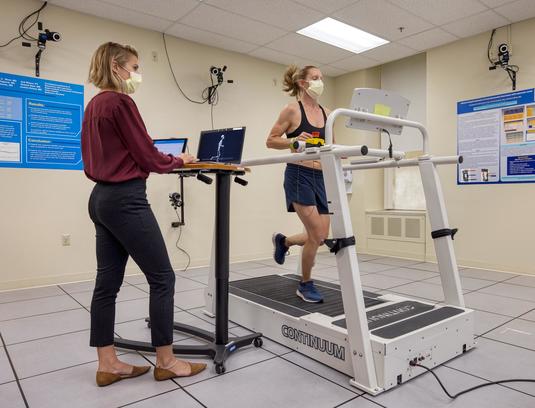Gait Analysis
Advanced Orthopedic Therapy at Sinai Rehab Center is home to the only gait analysis laboratory in the United States that specializes in therapy treatment strategies for patients with orthopedic or neuromuscular conditions. The purpose of the gait laboratory is to conduct biomechanical assessment of walking disorders and difficulties for the purpose of achieving improved clinical treatment planning and outcomes.
